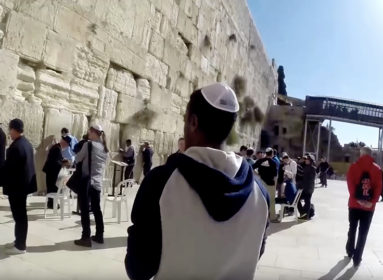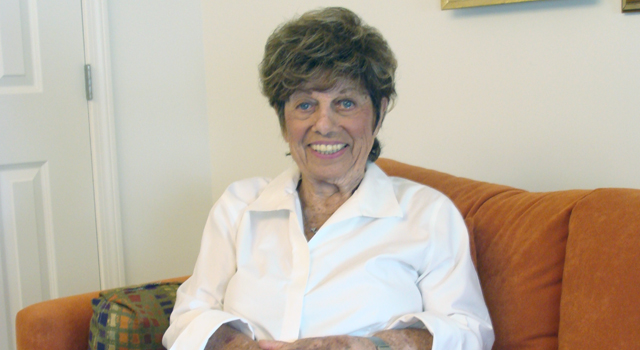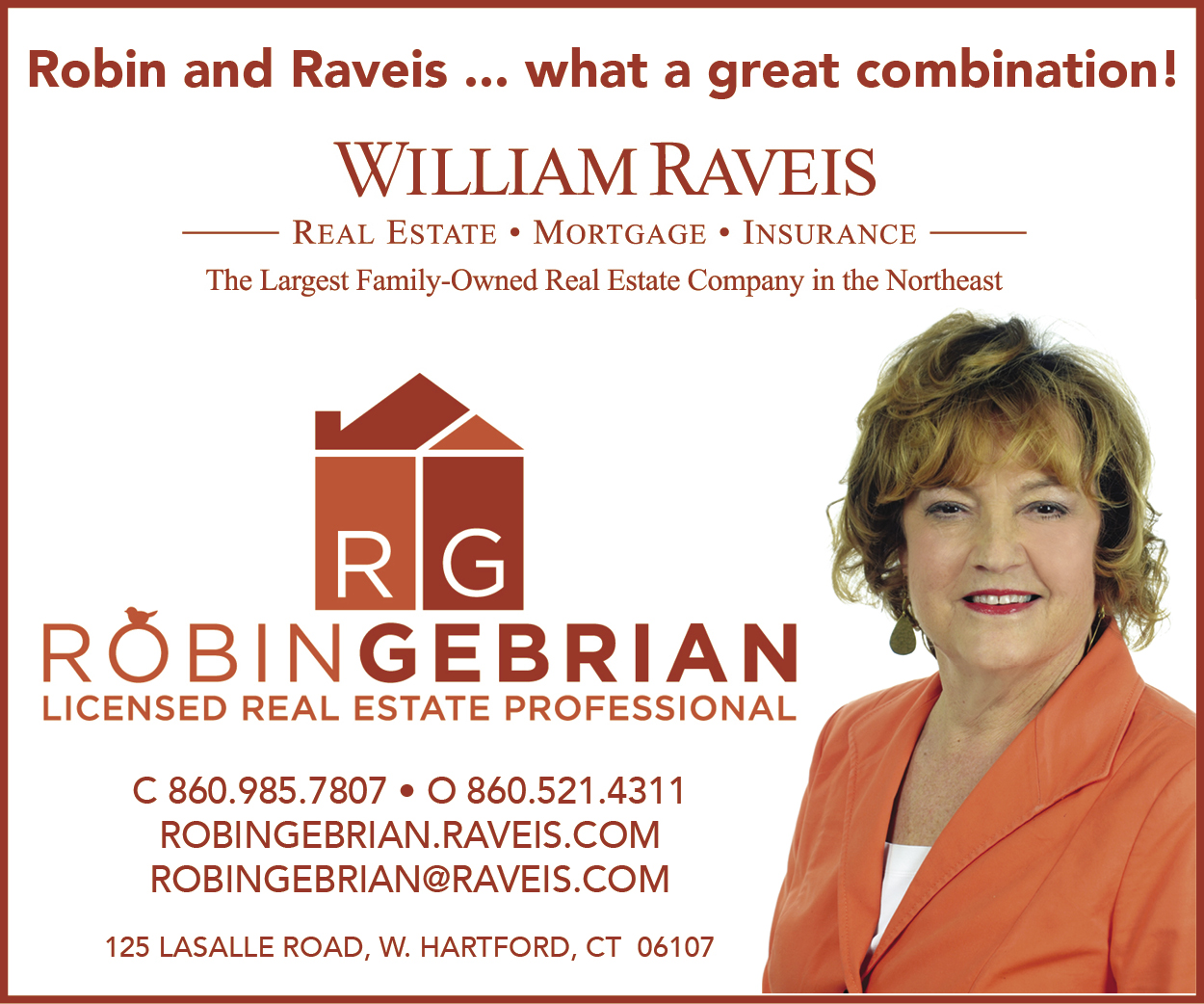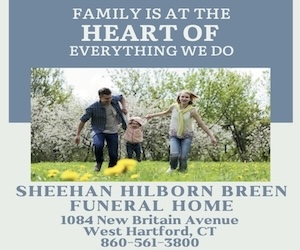“There was a time when only men did things in the [Reform] movement, and we’re not trying to turn the tables so that only women participate. The idea is to build community through inclusion.”
By Cindy Mindell
This year marks the 40th anniversary of Sally Priesand’s ordination as the first woman rabbi in the world. She will present “Reflections on My Life as a Rabbi” on Sunday, Oct. 21 at Temple Israel in Westport.
A native of Cleveland, Ohio, Priesand was ordained in June 1972 by Hebrew Union College-Jewish Institute of Religion (HUC-JIR) in Cincinnati. She is Rabbi Emerita of Monmouth Reform Temple in Tinton Falls, N.J., where she served from 1981 to 2006 before, in her words, “failing at retirement.”
She has been involved in national rabbinic life, as a member of the executive board of both the Central Conference of American Rabbis (CCAR) and the Union for Reform Judaism. She was a member of the Board of Governors of HUC-JIR, as well as president of the Rabbinic Alumni Association, and editor of the CCAR newsletter.
She is an honorary vice president of the Jewish Federation of Greater Monmouth County and president of Interfaith Neighbors in Asbury Park, N.J. She chairs the Clergy Advisory Committee of Planned Parenthood of Central New Jersey and serves on the national Clergy Advisory Board of Planned Parenthood. She chairs the membership committee of the Center for Holocaust, Human Rights and Genocide Education at Brookdale Community College in New Jersey, and is an active supporter of the Jewish Heritage Museum of Monmouth County.
In 2010, in honor of its 125th anniversary, Good Housekeeping Magazine named Rabbi Priesand one of 125 women who changed our lives and our world. She spoke with the Ledger about her life so far.
Q: When you were ordained, the leadership of the American Jewish community was mainly male. Now there is a concern that men and boys are leaving active Jewish life. Do you share that sentiment?
A: We’re concerned about it, though I really don’t think it’s the case in general, but it is so in some places; it depends on the community. In some instances, only men are at the highest levels of leadership, and we’re still working on that. Men of Reform Judaism is concerned and is working on it with individual synagogues.
Our goal in the Reform movement is to make the Jewish community welcoming to everyone and make certain that everyone participates. There was a time when only men did things in the movement, and we’re not trying to turn the tables so that only women participate. The idea is to build community through inclusion. At my temple, we used to have a lot of lay readers on holy days and I used to make certain that the bimah wasn’t all filled with women because people notice things like that. I would insist that there be a mix, especially in our synagogue, where the cantor’s a woman too.
I’m a person who believes in having all the activities for everybody – men, women, children, older and younger people. I don’t like to have everything divided up so much by age, gender, etc. When I came to the synagogue, I started a fellowship committee in charge of activities with both men and women serving as members. For example, we had a Purim party for everybody. An older woman came up to a little girl and asked, “Can I be your grandmother today?”
Q: What have you been involved in since “failing at retirement?”
A: When I retired, I announced that I would give all my papers to the American Jewish Archives in Cincinnati, and kicked off a program asking all women rabbis of all denominations to give their papers so that researchers could access all those resources in one place. Rabbi Sandy Sasso [the first woman ordained by the Reconstructionist movement] and Rabbi Amy Eilberg [the first woman ordained by Jewish Theological Seminary] joined me in that effort.
It’s an important project, and an important thing for congregations to understand that if they had a female rabbi, they are part of the story and have something to offer. There are not a lot of female rabbis who have retired and you don’t start thinking about that legacy until you retire.
I gave my original scrapbook to the archives, something I kept from age 16 through my ordination. It includes the five original letters going back and forth between me and HUC, discussing whether I would be accepted. First they tried to convince me that maybe being a religious educator would be better, maybe there wouldn’t be a place for a woman rabbi, and they asked for the name of my rabbi so that he could counsel with me.
On the anniversary of my ordination, June 3, I invited the other three “firsts” – Rabbi Sandy Sasso of the Reconstructionist movement, Rabbi Amy Eilberg of the Conservative movement, and our new Rabbah, Sara Horwitz of the Modern Orthodox movement – to present a program with me at our synagogue and we repeated it the next day at the National Museum of American Jewish History in Philadelphia.
During my career, I began painting; it was a way to deal with the stress of the job. I’ve had cancer three times and painted abstract watercolor while I was recuperating from one of my illnesses. I really want to do more painting.
Q: With all the tikkun olam opportunities that exist, how have you decided which to become involved in?
A: When I retired, my synagogue decided to mark the occasion by getting involved in five different events over the course of the year. I requested that one be fund-raising for eight different organizations that the temple and I had been involved with. We organized a mini-walk and the money we raised was divided among the eight organizations, some Jewish and some related to the larger community. If you believe that tikkun olam is an important part of being Jewish, you want to make certain that there is a Jewish presence in your community. Our temple, along with many synagogues in Monmouth County, has that reputation. When you talk about tzedakah, it means making right the wrongs of the world, “righteousness” or “justice,” not “charity.”
Interfaith Neighbors was founded 35 years ago and is meant to provide rental assistance to those in need and get them out of motels and on their feet. When the organization was established and we became aware of a challenge in the community, we wanted to make our community a better place for everyone, so there was no question that we would become involved. I sent letters to all my congregants and sent several to the initial meeting; we started Fund for the Homeless to support the work of Interfaith Neighbors.
The organization oversees the New Jersey Youth Corps, coordinates Meals on Wheels, renovates houses, and is playing a very large role in the revitalization of Asbury Park. It became something much larger than we ever imagined and I’m very proud of what we’ve done.
Sometimes you choose activities because of something that happens. We had a little boy in the congregation who was killed by a drunk driver, and we had a devastated family. You want to take something that was a tragedy and do something about it. It’s a way of supporting the family and making a difference and doing something positive. So we became very involved in the drunk driver task force in our community. Several years later, we had a young man blinded in one eye by a BB gun so we launched “Please ASK,” a gun-safety program – not to get rid of guns, but to teach people how to find out if there are guns in their neighborhood before allowing their children to go to a friend’s house.
Kids brought toy guns to the synagogue and we smashed them up and made a mural from the pieces spelling out “PLEASE ASK.” The program received an award from the Religious Action Center of Reform Judaism and has become a national organization. Kids were trained to speak at schools and for many years, it was a very important part of our program.
Q: Since you are an icon in the Jewish world, what do you hope your legacy will be?
A: Little girls can grow up knowing that they can be rabbis if they want to. I encourage everyone to fulfill his or her creative potential to the fullest. Obviously, part of my life is that I chose to be a congregational rabbi. I did what I wanted to do and I fulfilled my own dream. Some people thought I should have become rabbi of a large congregation, but I feel very strongly that bigger doesn’t necessarily mean better. I stayed in a smaller community – we had 400 families when I left – and Monmouth Reform Temple taught me that success doesn’t mean bigger, but rather, are you doing better today than yesterday?
Q: The photo accompanying the press release for your talk shows you and your Boston Terrier. With Shabbat Noah upon us, talk about the significance of that.
A: Shadow is 10½ and I’ve had him since he was 12 weeks old. We’ve been through a lot together. I’m going to make mention of him in my talk only because having him, especially during some of my illnesses, has reminded me how wonderful pets are, how they give unconditional love. He’s very spoiled, I will admit that, and he really rules the house. We walk every morning and that’s something I probably wouldn’t do if I didn’t have him. He never fails to make me laugh.
I rented the social hall at my temple for his tenth birthday party. He invited all the dogs in the congregation and 25 came. Rather than presents, donations were made to the endowment fund at the temple named for me.
Our temple has incorporated a blessing of the animals into the Shabbat Noah service. I think it’s quite appropriate; we include a prayer for all our pets no longer with us, to remember the joy they brought us, and read biblical verses about animals.
Rabbi Sally Priesand will discuss “Reflections on My Life as a Rabbi” on Sunday, Oct. 21, 4 p.m., at Temple Israel, 14 Coleytown Road, Westport. For information call (203) 227-1293
Comments? Email cindym@jewishledger.com.








 Southern New England Jewish Ledger
Southern New England Jewish Ledger











